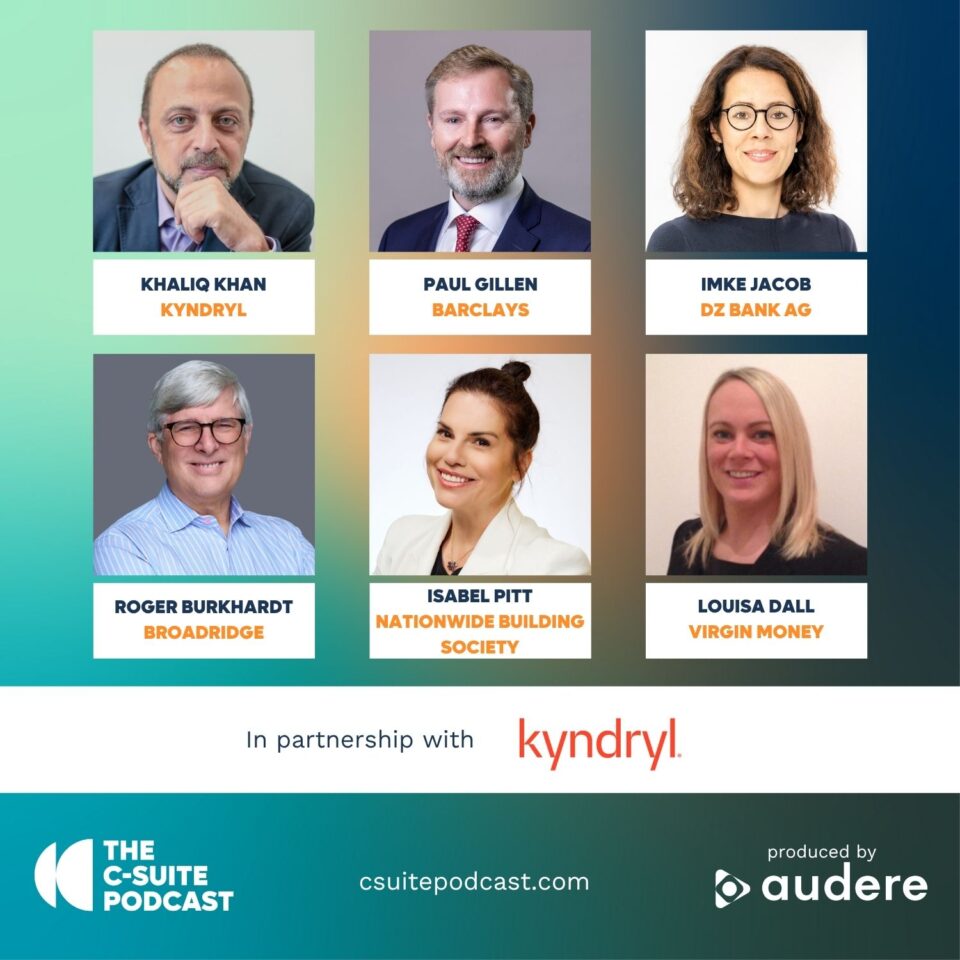Philip Bruno, ACI Worldwide: The Payment Battleground and the Technology Divide

with Philip Bruno, ACI Worldwide
Philip Bruno, Chief Strategy and Growth Officer at ACI Worldwide, sets the tone with a frank assessment of the pressures facing the banking sector. He describes a clear divide emerging between banks that are embracing growth and modernisation, and those struggling under tougher fundamentals. With only 14 percent of banks achieving a price-to-book ratio above one, the industry is seeing value destruction on a wide scale.
Philip also shares his view on the so-called three-horse race in digital payments, with stablecoins, tokenised deposits, and cross-border real-time payments each gaining traction in different use cases. Rather than one dominant winner, he expects all three to coexist for the foreseeable future. He then outlines ACI’s own innovation journey, highlighting the launch of a cloud-native payments hub capable of supporting account-to-account and card payments on a single platform. ACI is also advancing with its Speedpay One biller platform, reflecting the broader shift to open, modular, and constantly evolving systems.
AI is already playing a role in these changes. ACI has integrated agentic assist capabilities into its platform to automate wire transaction repairs, with the potential to reduce repair time by as much as 80 percent. Philip also notes the growing use of AI-driven advice in wealth management, particularly among Gen Z, though cautions that quality and reliability remain key concerns.
Lisa Vasic, ANZ Banking Group: A Real-Time Future for Australian Payments

Lisa Vasic, ANZ Banking Group
Lisa Vasic, Managing Director at ANZ, brings a regional lens to the conversation, reflecting on how Australia is preparing to retire its legacy ACH system and transition fully to real-time payments by 2030. She describes the scale of change this represents, particularly for corporate clients that are still reliant on batch-based systems. While the current infrastructure works well, the move to real-time introduces new demands around data ingestion, treasury systems, and operational design.
Drawing comparisons with the European and Asian markets, Lisa sees real-time payments as a global theme, but notes that Asia remains ahead in terms of adoption and innovation. At ANZ, the focus has been on enabling institutional clients to engage with real-time infrastructure from the outset. This includes developing agency services for foreign banks, connecting SWIFT to local clearing, and building overlay services such as Request to Pay.
For Lisa, the most transformative force in payments is data. As payments infrastructure becomes ISO-native, corporates will have access to richer data sets, providing a foundation for AI-driven treasury insights. She sees this as a powerful enabler of smarter, more agile decision-making across finance functions.
Fabian Khoshbakht, BNY: Stablecoins, AI and the Next Evolution of Treasury Services

Fabian Khoshbakht, BNY
Fabian Khoshbakht, APAC Head of Treasury Services at BNY Mellon, offers a look at how one of the world’s largest financial institutions is balancing tradition with innovation. Responsible for moving trillions of dollars each day, BNY sits at the centre of global payments, and Fabian describes Treasury Services as the engine behind much of that activity. From his new base in Singapore, he reflects on the pace of change in the region, noting that the push for frictionless, fast, and reliable payments is accelerating.
In addition to his APAC role, Fabian also leads client insights and innovation globally. He describes this part of the job as the most exciting, particularly in how the bank is applying data and AI to improve operations. Central to this effort is Eliza, BNY’s in-house AI engine named after Alexander Hamilton, which is now being used across the organisation. Over 98 percent of employees have completed AI training, and around three quarters are using the technology daily. Rather than replacing jobs, Fabian sees AI as a tool for enablement, helping teams do more with greater efficiency and insight.
Looking ahead, he sees stablecoins as another major shift, driven by client interest and regulatory developments in the US. BNY is already building the infrastructure and controls needed to support stablecoin issuance, positioning itself for the next phase of digital money.
Camille Papillard, BNP PARIBAS: Preparing for T+1 and the Role of AI in Custody Services

Camille Papillard, BNP PARIBAS
Camille Papillard, Head of Financial Intermediaries and Corporate Client Line at BNP Paribas Securities Services, closes the episode with a detailed look at the move to T+1 settlement in Europe. This change, due to take effect in October 2027, will compress settlement cycles and require significant adaptation across the custody chain. Camille explains that while BNP Paribas is already capable of handling same-day and next-day settlements, the challenge lies in supporting clients through the transition.
Technology, and particularly AI, will play a key role. Camille outlines how the bank is using process mining to identify inefficiencies in transaction workflows, with GenAI helping to analyse patterns and suggest improvements. BNP is also exploring how to improve client interaction through AI-powered portals that can respond to queries quickly and accurately, even outside regular hours.
On governance, Camille is clear that AI is being developed and deployed responsibly. BNP Paribas has over 700 AI experts and a framework of ethical oversight to ensure trust and transparency. In the securities space, use cases are focused on client experience, process optimisation, and risk management, including compliance with AML and sanctions regulations.
Key Takeaways:
- Payments are a new battleground for bank profitability, as shrinking margins and rising tech spend force banks to rethink strategy.
- Stablecoins, tokenised deposits, and cross-border real-time payments are developing in parallel, each suited to different use cases.
- AI is being widely adopted across financial services, helping with automation, client service, and operational efficiency — though trust and governance remain crucial.
- Real-time payments and data-rich infrastructure are transforming corporate treasury, especially in markets like Australia moving away from legacy systems.
- T+1 settlement in Europe will require greater automation and smarter workflows, with AI playing a key role in the transition.








